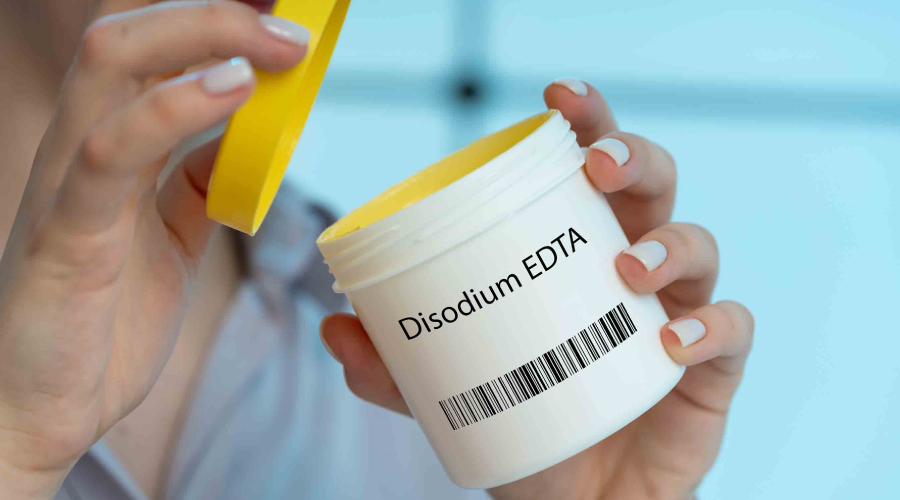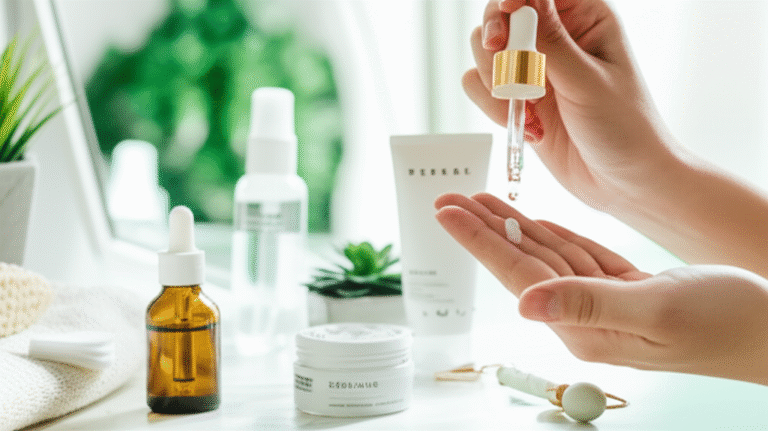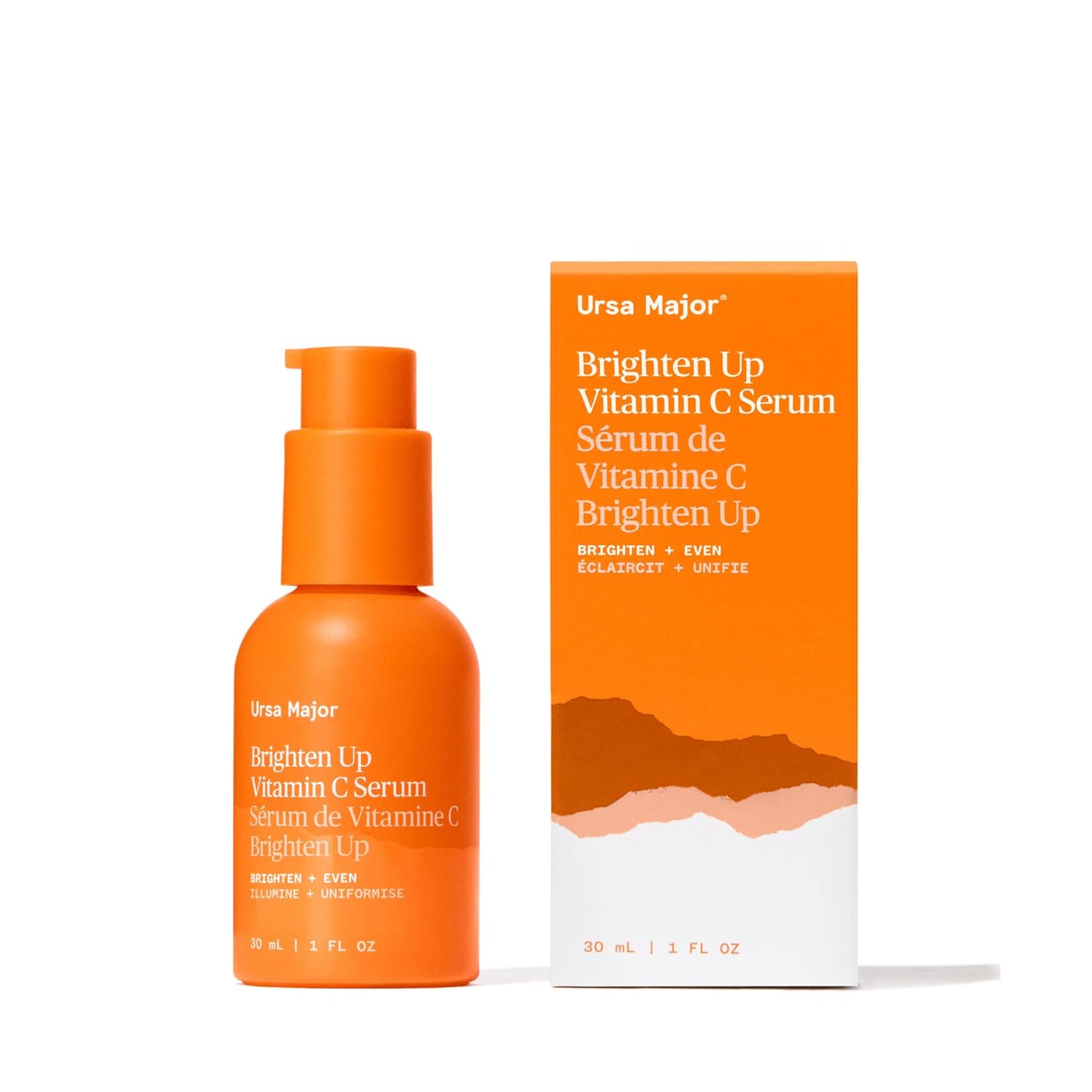Disodium EDTA in skin care is a powerful ingredient that helps improve product stability, enhance texture, and boost the effectiveness of your favorite beauty products. It works by binding to metal ions, preventing them from causing spoilage. Learning about its benefits can help you choose smarter skincare!

Do you ever wonder what’s really in your lotions, serums, and cleansers? Sometimes, the ingredient list can look like a science experiment! One ingredient you’ll often spot is Disodium EDTA, and it might sound a bit intimidating. But don’t worry, it’s actually a helpful player in keeping your skincare products performing their best. If you’re looking for clear, glowing skin without the confusion, you’ve come to the right place. We’re going to break down exactly what Disodium EDTA does and why it’s a secret weapon for beautiful skin. Get ready to understand your skincare better and feel more confident about your choices!
Understanding Disodium EDTA: The Skincare Stabilizer
Think of Disodium EDTA as a tiny superhero inside your skincare products. Its main job is to keep things stable and effective. Have you ever noticed how some creams can change color or smell a little off after a while? That’s often because of tiny metal ions that can sneak into products during manufacturing or even from the air. These metal ions can cause ingredients to break down faster, affecting the product’s quality, texture, and smell.
Disodium EDTA, a chelating agent, steps in to “grab” these metal ions. By doing this, it prevents them from reacting with other ingredients in your serum or moisturizer. This helps your products stay fresh and potent for longer, ensuring you get the best results every time you use them. It’s all about making sure the good stuff in your skincare stays good!
The Essential Benefits of Disodium EDTA in Skincare
Disodium EDTA might not be the “star” ingredient that promises to erase wrinkles or give you instant brightness, but it plays a crucial supporting role. Its benefits are all about enhancing the performance and longevity of the products you rely on for healthy skin.

Here are the key benefits you should know about:
1. Enhanced Product Stability and Preservation
This is Disodium EDTA’s superpower! Metal ions like iron and copper are present in trace amounts in many ingredients and can be introduced during the manufacturing process. Without a chelating agent, these ions can speed up the degradation of other ingredients, like vitamins and antioxidants, leading to:
Loss of Potency: Your hero ingredients might not work as well.
Color Changes: Products can turn yellow or brown prematurely.
Texture Alterations: Your smooth cream might become gritty or separated.
Unpleasant Odors: Unwanted smells can develop.
By binding to these metal ions, Disodium EDTA effectively “neutralizes” them, preventing these unwanted reactions. This ensures that the active ingredients in your skincare remain stable and effective for the entire duration of the product’s shelf life. This means your Vitamin C serum stays potent, and your moisturizer stays smooth and pleasant to use.
2. Improved Product Performance
Beyond just preventing spoilage, Disodium EDTA can also help other ingredients work better. For instance, in formulations that rely on pH levels, certain metal ions can interfere with maintaining the optimal pH. By chelating these ions, Disodium EDTA helps the product maintain its intended pH, which can be crucial for the efficacy of certain active ingredients.
3. Enhanced Soap and Cleanser Effectiveness
In cleansing products, Disodium EDTA has another neat trick. It can soften hard water. Hard water contains high levels of minerals, including calcium and magnesium ions. These minerals can interfere with the lathering action of soaps and surfactants, making them less effective. Disodium EDTA binds to these mineral ions, preventing them from forming soap scum and allowing your cleansers to create a richer lather and clean your skin more thoroughly. You know those times when your shampoo or body wash just doesn’t lather up much? Disodium EDTA can help prevent that!
4. Boosts Preservative Systems
While Disodium EDTA isn’t a preservative itself, it works synergistically with traditional preservatives. By preventing metal ions from interfering with preservative compounds, it can actually help the overall preservative system in a product be more effective. This means the product is better protected against microbial growth (like bacteria and mold), further contributing to its safety and longevity.
5. Texture and Feel Improvement
Sometimes, the presence of metal ions can affect the visual appeal and texture of a cosmetic product. Disodium EDTA can help create a more desirable feel and appearance by preventing the formation of precipitates that can cause a gritty texture or cloudy appearance. This contributes to the luxurious and smooth feel you expect from your favorite skincare.
Where You’ll Find Disodium EDTA: A Versatile Ingredient
Disodium EDTA is a workhorse in the cosmetic industry and is found in a wide array of products. You’ll see it listed in the ingredients of:
Moisturizers and Lotions: To maintain texture and prevent ingredient breakdown.
Serums: To keep potent active ingredients like Vitamin C or retinol stable.
Cleansers and Facial Washes: To enhance lathering and effectiveness, especially in areas with hard water.
Shampoos and Conditioners: For improved lather and product integrity.
Sunscreens: To ensure the stability of UV filters.
Makeup Products: Like foundations and mascaras, for texture and shelf-life.
Essentially, if a product contains water or other ingredients susceptible to degradation by metal ions, there’s a good chance Disodium EDTA is playing a role behind the scenes.
Disodium EDTA vs. Other EDTA Forms
You might encounter other forms of EDTA in ingredient lists, such as Tetrasodium EDTA or Trisodium EDTA. While they all share the same fundamental function of chelating metal ions, they differ slightly in their chemical structure and are chosen based on the specific pH of the product they are formulated into.
Disodium EDTA: Typically used in products with a slightly acidic to neutral pH.
Tetrasodium EDTA: Commonly used in more alkaline formulations.
Trisodium EDTA: Used in formulations with a pH between di- and tetra-sodium EDTA.
The crucial point for consumers is that all these variations serve the same primary purpose: to protect your skincare products from degradation. The choice of which form to use is a formulation decision made by cosmetic chemists.
Here’s a simple comparison table:
| EDTA Form | Common pH Range Used | Primary Function |
|---|---|---|
| Disodium EDTA | Slightly Acidic to Neutral (pH 4-7) | Chelating agent to prevent metal ion interference, improving stability and lather. |
| Trisodium EDTA | Neutral to Slightly Alkaline (pH 7-9) | Chelating agent; balances between disodium and tetrasodium. |
| Tetrasodium EDTA | Alkaline (pH 9+) | Chelating agent, particularly effective in alkaline environments; excellent for water softening. |
Is Disodium EDTA Safe for Your Skin?
The safety of cosmetic ingredients is a big concern for many. Disodium EDTA, when used in skincare products at allowed concentrations, is considered safe and non-irritating by major regulatory bodies.
For instance, the EU’s Scientific Committee on Consumer Safety (SCCS) has evaluated EDTA and its salts and found them safe for use in cosmetics. Similarly, organizations like the Cosmetic Ingredient Review (CIR) Expert Panel have reviewed EDTA and its salts and concluded they are safe in cosmetic formulations as they are used.
Disodium EDTA is not intended to penetrate the skin deeply. Its action is primarily on the product formulation itself. The concentrations used in skincare are carefully controlled to be effective without causing any adverse reactions on the skin’s surface.
It’s worth knowing that some sources might express concerns about EDTA, but these tend to be related to its potential environmental impact if released into waterways in very large quantities, or its use in medical contexts. In the context of topical skincare, its safety profile is well-established. You can feel confident knowing that reputable organizations have found it safe for cosmetic use.
How to Identify Disodium EDTA in Your Product List
Spotting Disodium EDTA is easy once you know what to look for. It will almost always be listed in the ingredients section of your product packaging. Since it’s often used to support other ingredients, it’s usually found closer to the middle or latter half of the ingredient list, depending on its concentration.
Look for these exact terms:
Disodium EDTA
* EDTA Disodium
Sometimes, you might see it as part of a broader EDTA category, like “EDTA” or “EDTA-4Na” (which refers to Tetrasodium EDTA), but “Disodium EDTA” is the specific form we’ve been discussing, often used for its versatility across different product pH levels. Here’s an example of what an ingredients list might look like, with Disodium EDTA highlighted:
Conclusion
Disodium EDTA may sound like a complicated chemical, but in reality, it plays a simple yet powerful role in modern skincare. By stabilizing formulas, enhancing the effectiveness of preservatives, and protecting the skin from unwanted reactions, it helps products perform better and last longer. While it is a synthetic ingredient, research shows that within regulated limits it is safe for cosmetic use and highly beneficial for maintaining product quality. As with any skincare ingredient, mindful use is key. Instead of fearing scientific names, it is always better to understand their purpose — because when science and skincare work together, your skin gets the true benefit.



